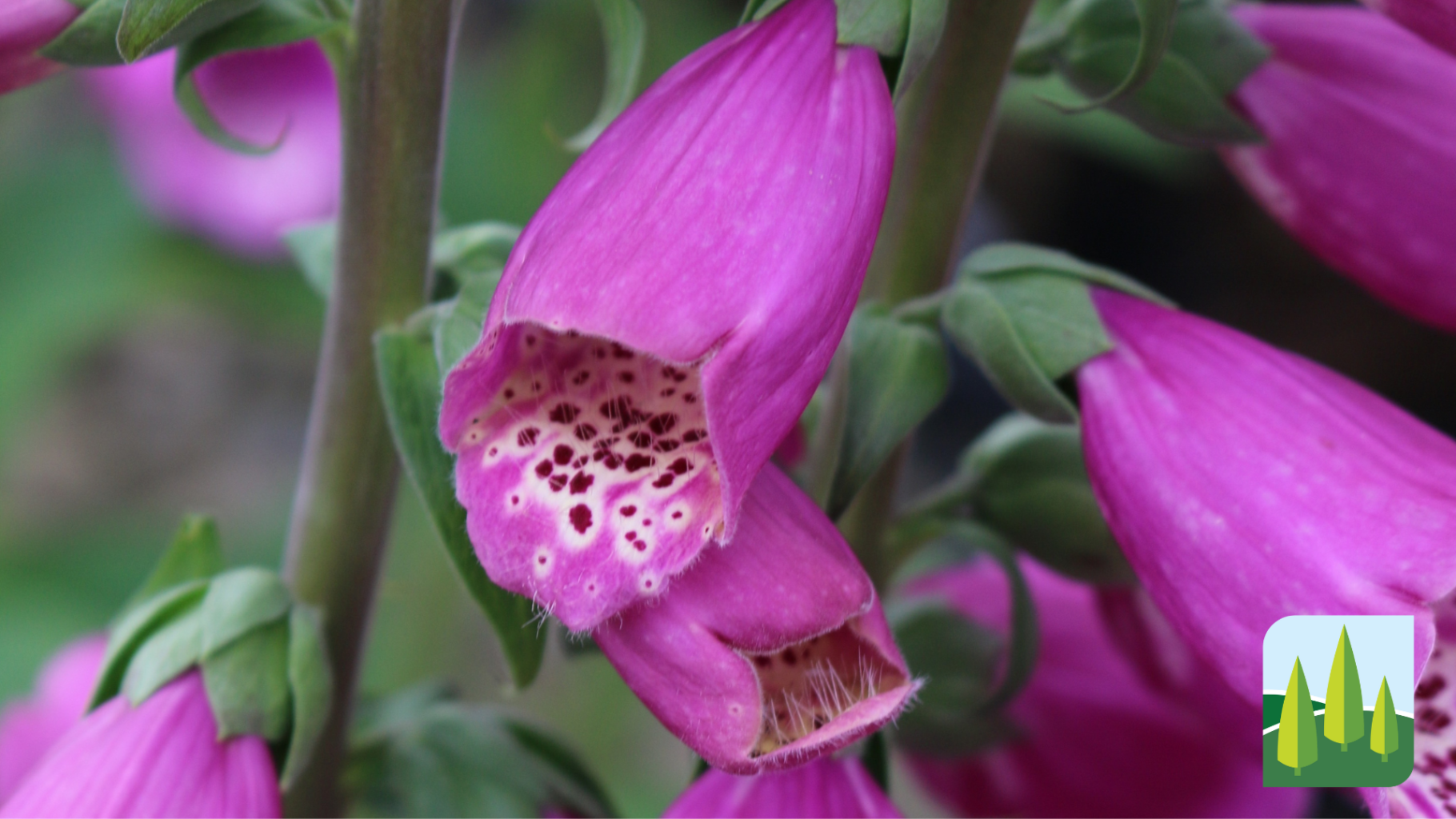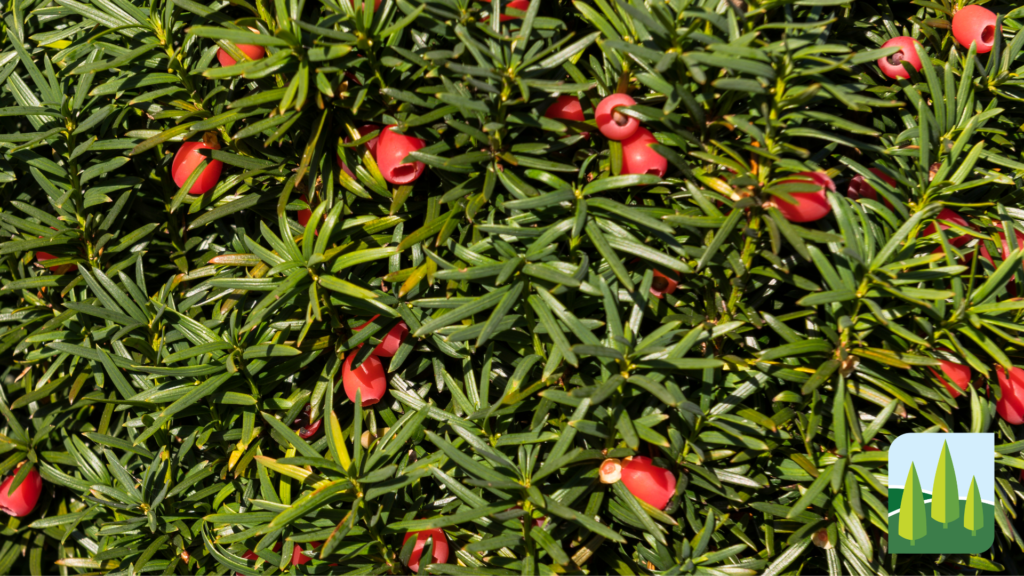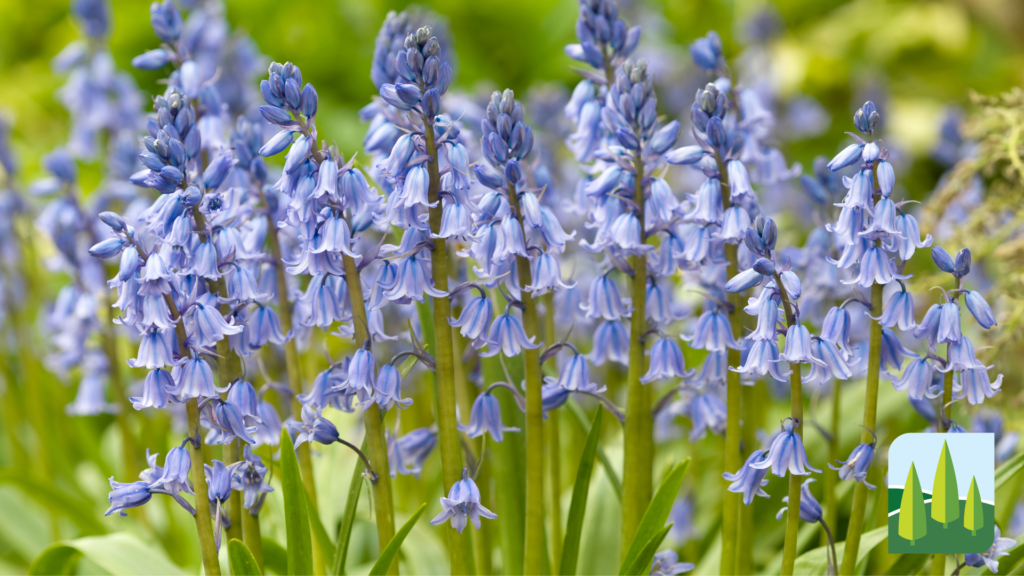
As June the 5th is World Environment Day, this month’s article is about the importance of native plants. Why non-native can have implications beyond the garden fence and the consequences to our native wildlife need to be considered.
A plant which is native to the UK is one which is indigenous to an area in a geological era. What we tend to say is that this is anything here at the time of the last ice age. Therefore, anything after this era is seen as being introduced either deliberately or accidentally into the UK.
The advantages of including native plants within a garden include things such as the less of a need for use of fertiliser or pesticides. The plants are better suited to our weather; they will be used to our damp winters and short summers. They will provide essential shelter and food for our native birds, insects and wildlife. The relationship between our insects and plants is an intricate one which has evolved over thousands of years. For example, the length of the tongue of a moth needs to be long enough that when it approaches a flower it can reach the nectar which they feed off.
Integrating native plants into the garden should not be difficult; there are plants that will grow in various aspects of the garden. Convallaria majalis, known as Lily of the Valley, looks like a really delicate plant; they produce dainty white bell-shaped flowers however, don’t be deceived, they will thrive in poor soil and in the wild and can be found growing on top of Limestone Pavements.

There are garden plants which we are all familiar with which are descendants from wild varieties. Such as Geums which grow along hedgerows, known as wood avens, or herb bennet. Dianthus has many cultivated varieties, but there is a plant which is native to the Cheddar Gorge, where it grows in scrub clearance making it ideal in a garden rockery.
Native plants are great for hedging. Taxus and Buxus make fine formal evergreen hedges. Fagus, Carpinus, and Acer campestre are not only great stand-alone trees, but they can also be used in hedging. Fill your garden with native flowers and watch the natural world make its home there. If you have an area of shade, use ferns such as Dryopteris affinis. For a splash of colour, look for Primula vulgaris, Pulsatilla vulgaris, or Centaurea. Native bulbs are also great in a garden or managed landscape, as well as Fritillaria meleagris and Hyacinthoides non-scripta, the native Bluebell.

The Bluebell is a casing point as to why we should choose native over exotic. The decline of the Bluebell population is linked not only to the decrease in our woodlands but also to the introduction of the Spanish Bluebell. English Bluebells are quite dainty, with flowers along one side of the stem; they come mostly in a strong blue colour. Spanish Bluebells have escaped from the confines of gardens and estates and are colonising our woodlands. In our fertile soils, they are easily reproducing and are in direct competition with our native plants. In this situation, the invader becomes a pest, has a detrimental effect on the ecosystem of the woodland, and is now classed as an invasive species.

Being an island, we must ensure our native plants are cared for, and that plant health is seen as a priority at our ports. Plants have their own passports for traceability, and all appropriate checks must be performed before we accept them into the UK.
So to help the local wildlife you can do your bit. They might not always be as showy as exotic varieties, but having native plants in your garden will help our wildlife and slow down the number of diseases we bring into the country too.
Posted 30th May 8:26am